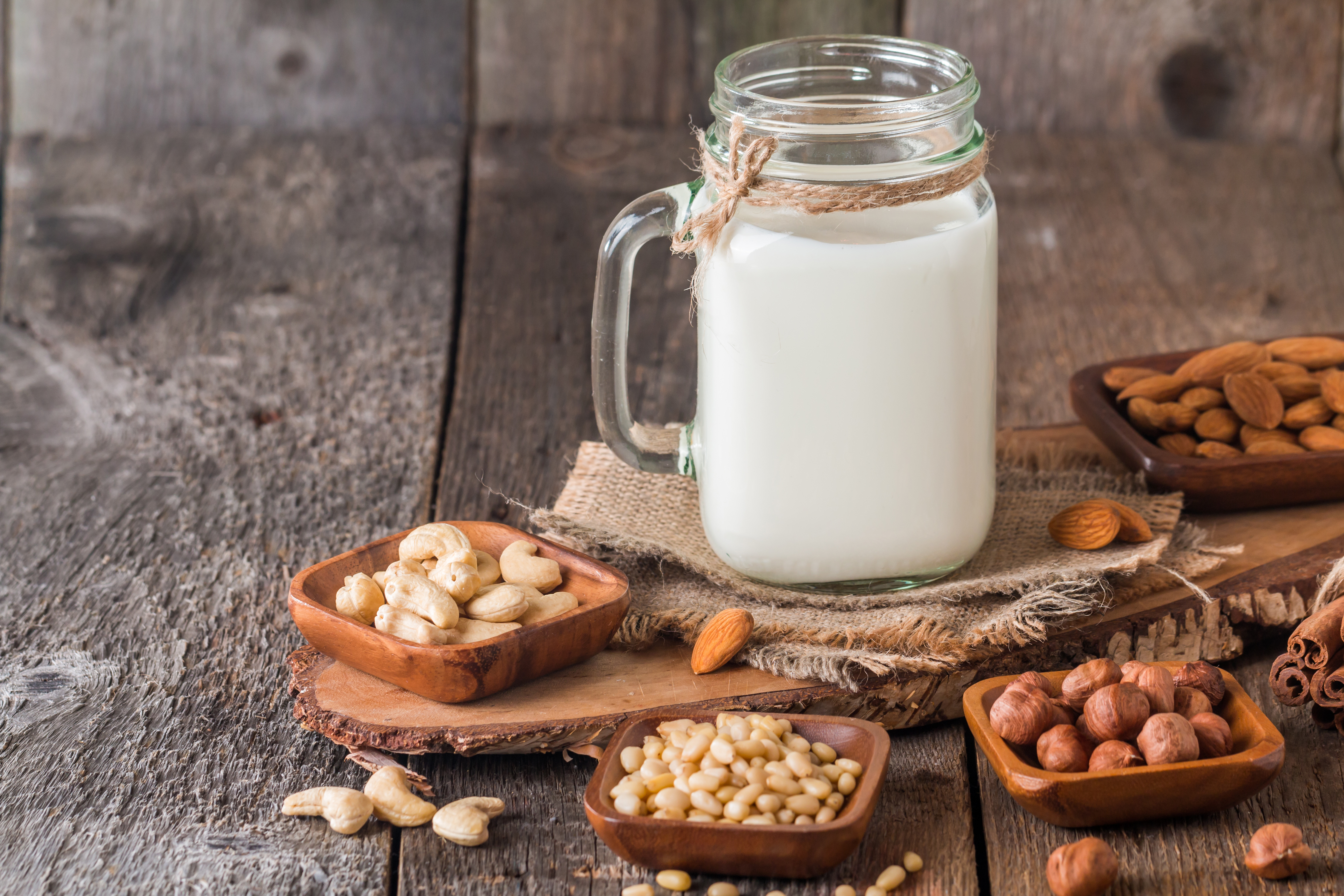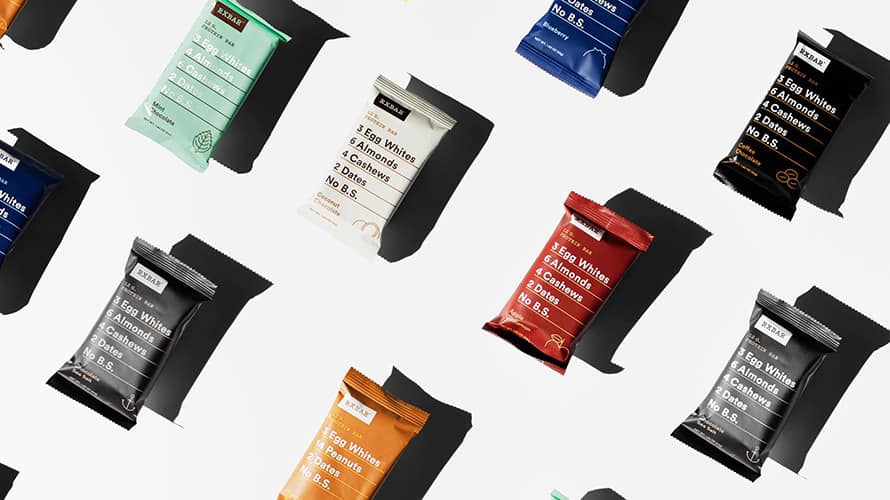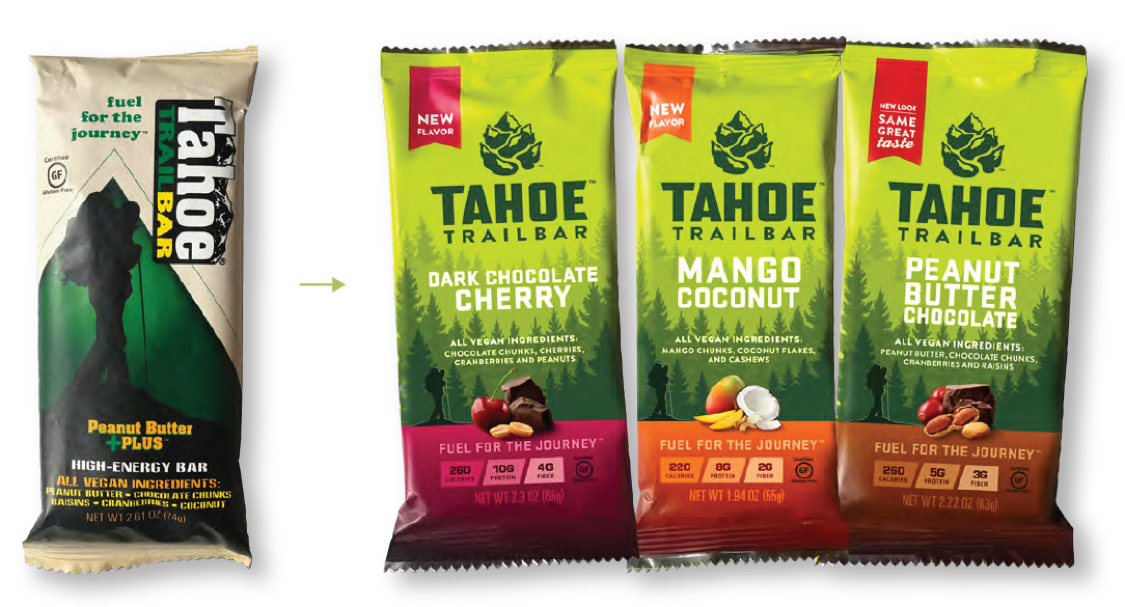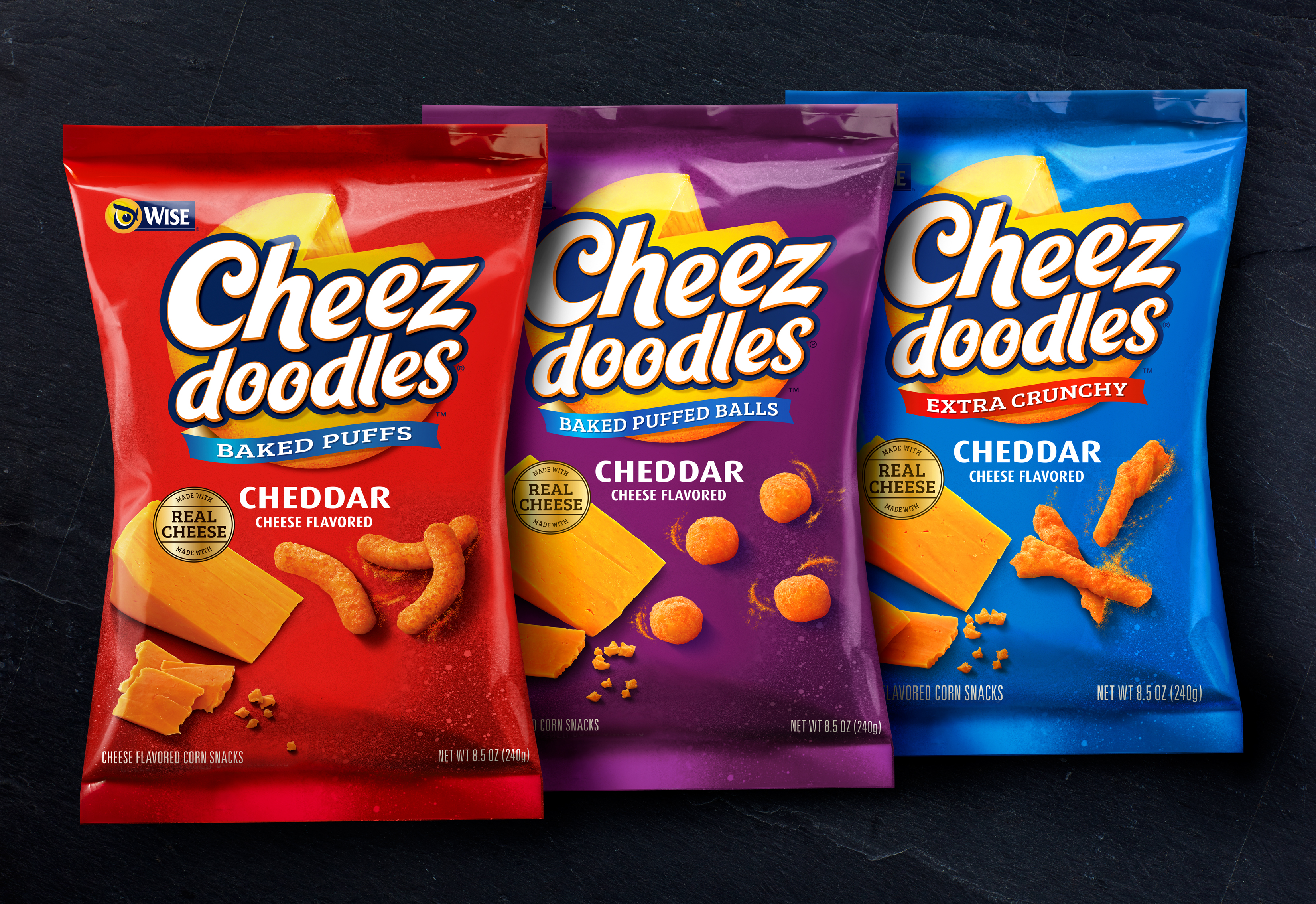
If alternative milks (those not sourced from a cow, goat, or sheep) can no longer be called “milk,” will that impact it’s brand identity?
Dairy alternatives, everything from almond milk yogurt to 100% plant-based cheese, are becoming important players in the food scene. So important, that Senator Tammy Baldwin (D-WI) introduced legislation earlier this year to “combat the unfair practice of mislabeling non-dairy products.” The objection, according to a press release issued by Senator Baldwin’s office, is to the word “milk.” “For too long, the FDA has turned a blind eye to the misbranding of imitation dairy products, despite the decades-old federal law that milk comes from animals, not vegetables or nuts,” the release states.
More consumers are turning to plant-based alternatives for lifestyle and health reasons, moving these alt-milks as well as milk from sheep and goats (and even camels!) into the mainstream and becoming a threat to dairy milk in the meanwhile. Is it time for alternative milk brands to shift their “milk” identity? While Congress sorts out the labeling, let’s take a quick look at what the brouhaha is about.
Definition of milk (from M-W.com)
1a : a fluid secreted by the mammary glands of females for the nourishment of their young
b (1) : milk from an animal and especially a cow used as food by people (2) : a food product produced from seeds or fruit that resembles and is used similarly to cow’s milk <coconut milk> <soy milk>
2: a liquid resembling milk in appearance: such as a : the latex of a plant
b : the contents of an unripe kernel of grain
Soy Milk
Made from soaked, ground soy beans, soy milk is the result of the pressings of the beans mixed with water and emulsified for a consistent texture. Originally from China and dating to 202 BCE, soy milk is a popular street vendor item and is often prepared by home cooks throughout Asia. Like other milks, soy milk is often fortified with protein, vitamins and minerals but in its natural state, equals dairy milk’s protein (about 7 grams per cup). Soy has received some negative press for being a genetically modified crop and for its estrogen mimicking properties.
Hemp Milk
Made from soaked, ground hemp seeds, hemp milk boasts a 5 grams of naturally occurring protein per cup and a day’s recommended allowance of the monounsaturated fatty acid known as omega-3. Unlike other milks, hemp has a strong flavor.
Coconut Milk
Made from soaked and shredded whole coconut, coconut milk is high in saturated fat compared to other plant-based milks (8 grams per cup). Its creamy texture makes it a popular option.
Almond Milk
Most of the world’s almond supply is grown in the United States (thanks, California) so it is likely that the almond milk you drink is locally sourced.
Squeeze almost anything and you will get milk, ahem, “milk.” Cashews, macadamias, oats, rice, even beans are now crushed, mixed with water and strained to produce a liquid derivative of the original.
When Senators aim their legislative ire at your category, the category has arrived. Welcome, alt-milk to the Bigs. And since these non-dairy, alternative milk beverages have the same white or off-white color as dairy milk, the name milk seems natural. The word milk is associated with the word white, facilitating brand identity. But if alt-milk producers are to appease Senator Baldwin, may I offer the term “juice” as an alternative to “milk?”





